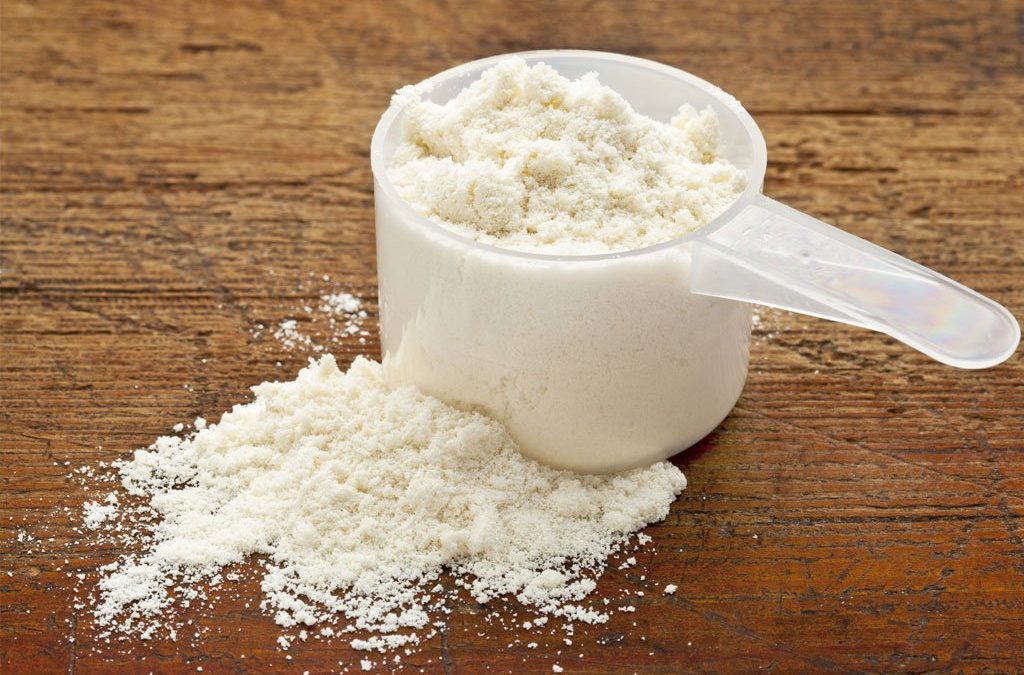What doesn’t work, what does and when to use them
Alternative medicines and dietary supplements are quickly growing in popularity among those in the equine industry as a means of treating conditions and illnesses that affect horses. Some of these therapeutic agents have been intensively researched while others have little or no scientific evidence to support their efficacy. However, consistent anecdotal reports on their use in treating musculo-skeletal conditions, pain and behavioral issues as well as enhancing overall well being and performance cannot be ignored. Nutraceuticals and other alternative therapies can be extremely beneficial in the treatment of certain conditions, but it is important to understand what a product or modality is designed to do and how it works before deciding to use it for a specific situation. Additionally, it is important to remember that each of these treatments or supplements will complement, not provide an absolute alternative to, solid feeding and training programs, general management and sound veterinary advice. Nutritional supplements can be divided into several categories including; digestive support, vitamin and mineral, joint and bone maintenance, performance enhancement, hoof and coat, immune enhancement, behavioral issues, metabolic disorders and weight gain.
Digestive support includes supplements that provide probiotics or direct fed microbials, yeast cultures, mycotoxin binders and mannan oligosaccharides. The effect of digestive aids is to stabilize and promote the health of the microbial populations that reside in the hindgut of the horse.
Vitamin and mineral supplements can be designed to provide additional fortification to the rations of horses enduring higher levels of stress. Situations that may warrant supplementation include; when poor quality forage is fed, growing horses, broodmares in late gestation, early lactation, correcting nutritional deficiencies, healing of bone and soft tissue injuries, treating metabolic disorders and high levels of intense exercise. Care must be taken not to duplicate and overfeed vitamins and minerals when using supplements.
Joint and bone supplements have been used widely within the equine industry to treat arthritis and degenerative joint disease. Some clinical studies have been conducted to verify their efficacy. Joints are the points between two moving bones, and are designed to provide shock absorption from movement. Chondrocytes are the cells responsible for the production and maintenance of cartilage, the primary joint tissue. Chondrocytes produce cartilage and proteoglycans, making the cellular matrix.
The joints also contain synovial fluid, a lubricant containing hyaluronic acid (HA) and glycoproteins that also deliver nutrients to the cartilage. As with all cells in the body, there is constant turnover in the joints that requires nutrients to sustain maximal health. Joint supplements contain glucosamine, chondroitin, silicon, methylsulfonylmethane (MSM) and HA and are formulated to provide the building blocks to produce cartilage, proteoglycans and synovial fluid.
Performance enhancing supplements are plentiful on the market and the most difficult group to prove effective in clinical studies. Many equine performance-enhancing supplements are based on results from human studies and may not be applicable. These supplements claim to increase stamina and strength. Creatine, Carnitine, Sodium Bicarbonate and Dimethylglycine (DMG) are a few examples of nutrients and compounds that are purported to enhance performance.
Hoof and coat supplements generally contain vitamins and minerals, amino acids and essential fatty acids (EFA’s) to improve the quality of new growth. The effectiveness of these products takes some time to see; coat improvement generally can be noted within 30-60 days but hoof quality improvement ranges from 3-6 months to be observed.
Increased immune response can be elicited by using inject able stimulants and by oral supplementation. Recent attention has focused on EFA’s and Bovine colostrums as two adjunct nutritional therapies effective in increasing immunity in horses.
Behavioral problems and excitability can be managed to some degree by modifying the diet and management of the horse. In most cases, reducing starch and sugar in the ration and increasing exercise helps quiet a fractious horse. Many remedies have been tried as a solution to behavioral problems including herbal preparations, pheromones, vitamins, minerals and magnets.
Metabolic disorders include Cushing’s disease, Equine Metabolic Syndrome, and Insulin Resistance. These disorders can lead to laminitis and muscle metabolism problems. Supplementation of specific nutrients such as magnesium and chromium along with antioxidants and anabolic nutrients can be useful in correcting these issues when implemented with proper management.
Increasing body mass in horses can be difficult especially in highly stressed or geriatric horses. A pathogenic condition must be investigated as the causative agent in a horse that suddenly loses a large amount of body condition. Increasing caloric density of the ration by feeding more high quality forage and concentrates with higher fat content is the most effective way to increase gain. Increasing the frequency of feeding permits higher feeding rates without compromising the health of the digestive tract, and is a prudent management technique. Other nutrients that may be effective in causing weight gain are gamma oryzanol, a plant sterol and high levels of EFA’s.

